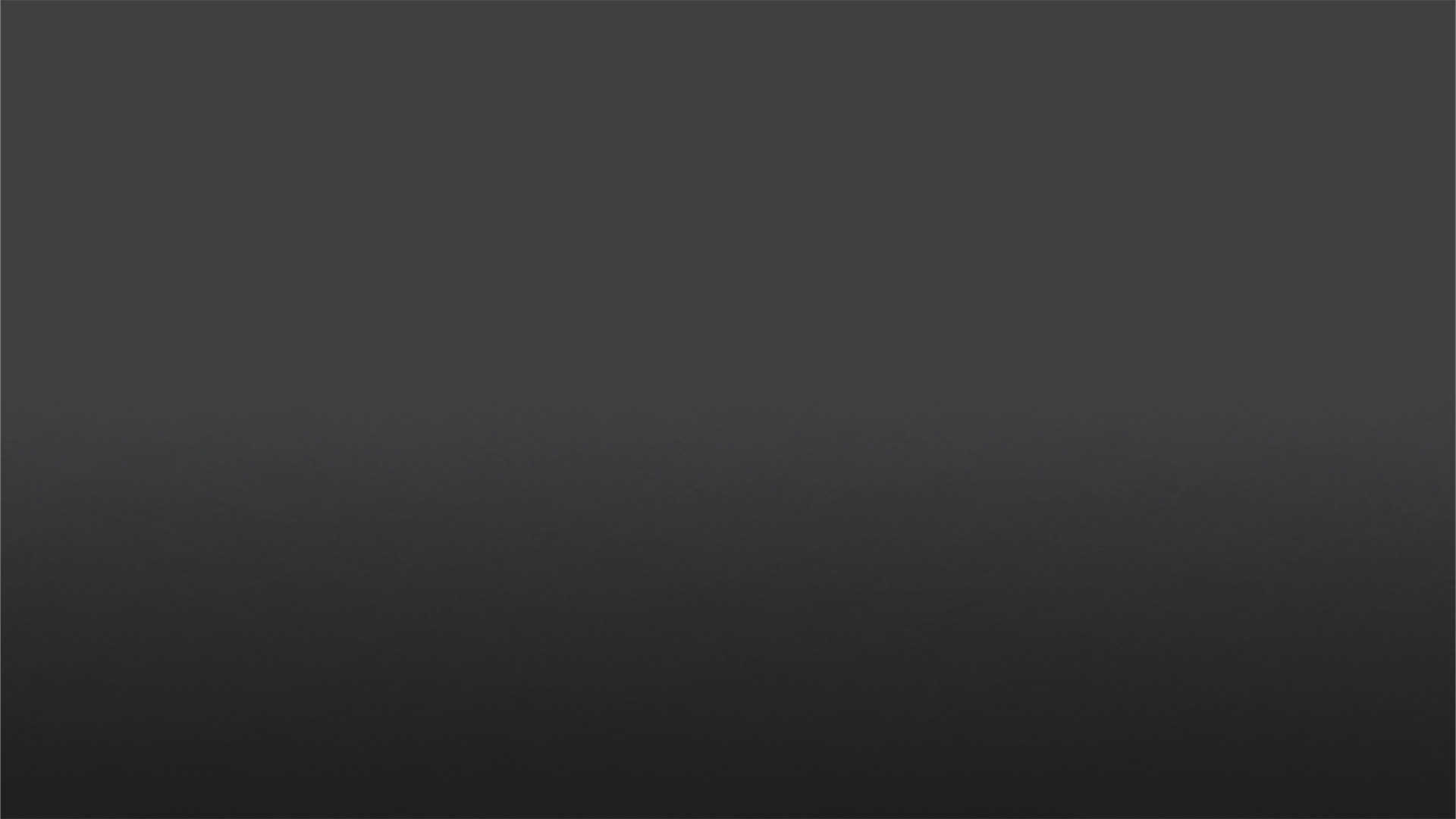top of page

Photogrammetry 2018-2019
Capturing 3D models from photographs of real objects
Software: Agisoft Photoscan, Meshlab, xNormal, Unity
Tasks: Photography, mesh- & texture creation, python tool-scripting, arrangement and lighting in Unity
Coaches: Arie Kai-Browne, Jan Berger
 |  |
|---|---|
 |  |
 |  |
 |  |
 |  |
Since 2018, photogrammetry has become one of my hobbies. All models and textures you can see in the gallery above have been made using the photogrammetry-process. The scene is an example I put together to understand how these meshes may be used in a game.
I have used this process to capture photorealistic models as well as tileable materials. Since I worked with Agisoft Photoscan so much but I always thought that the resulting scaling and pivots have been annoyingly off, I even scripted a little python-tool to automatically set the pivot and scaling of meshes within Agisoft Photoscan. The tool also gives the user a visualization of the pivot and 3D-Space that the object is placed in so little readjustments can easily be made by hand.
Making of and further examples
 Camera perspectives around the model |  Lion statue in Agisoft Photoscan |
|---|---|
 Editing the mesh with Meshlab |  Finished lion statue in Unity |
 New materials can easily be applied |  Python tool: misaligned texture |
 Python tool: Texture fitting |  Python tool |
 Python tool |  Python tool: 3D-Coordinates-Visuals |
 Photoscanned floor material |  Photoscanned bark texture |
 Wrapped around a cyilinder |  Photoscanned stone bench |
 Photoscanned marble statue |  Photoscanned marble sink |
 Stackable photoscanned model |  Combining two photoscanned doors |
bottom of page
